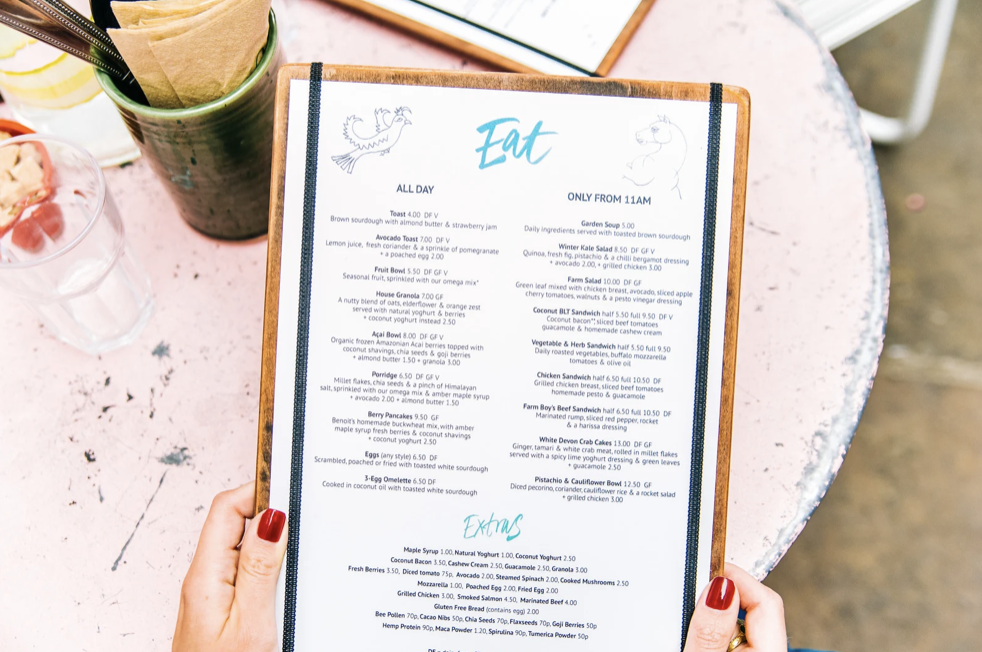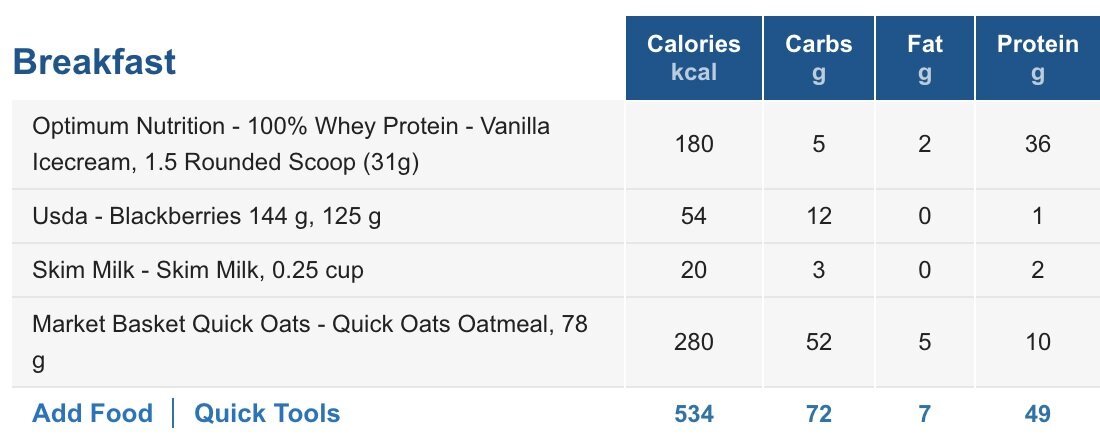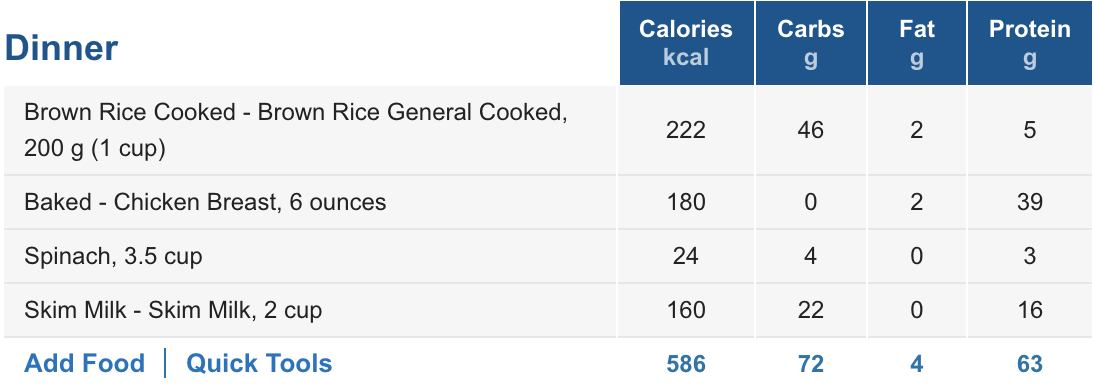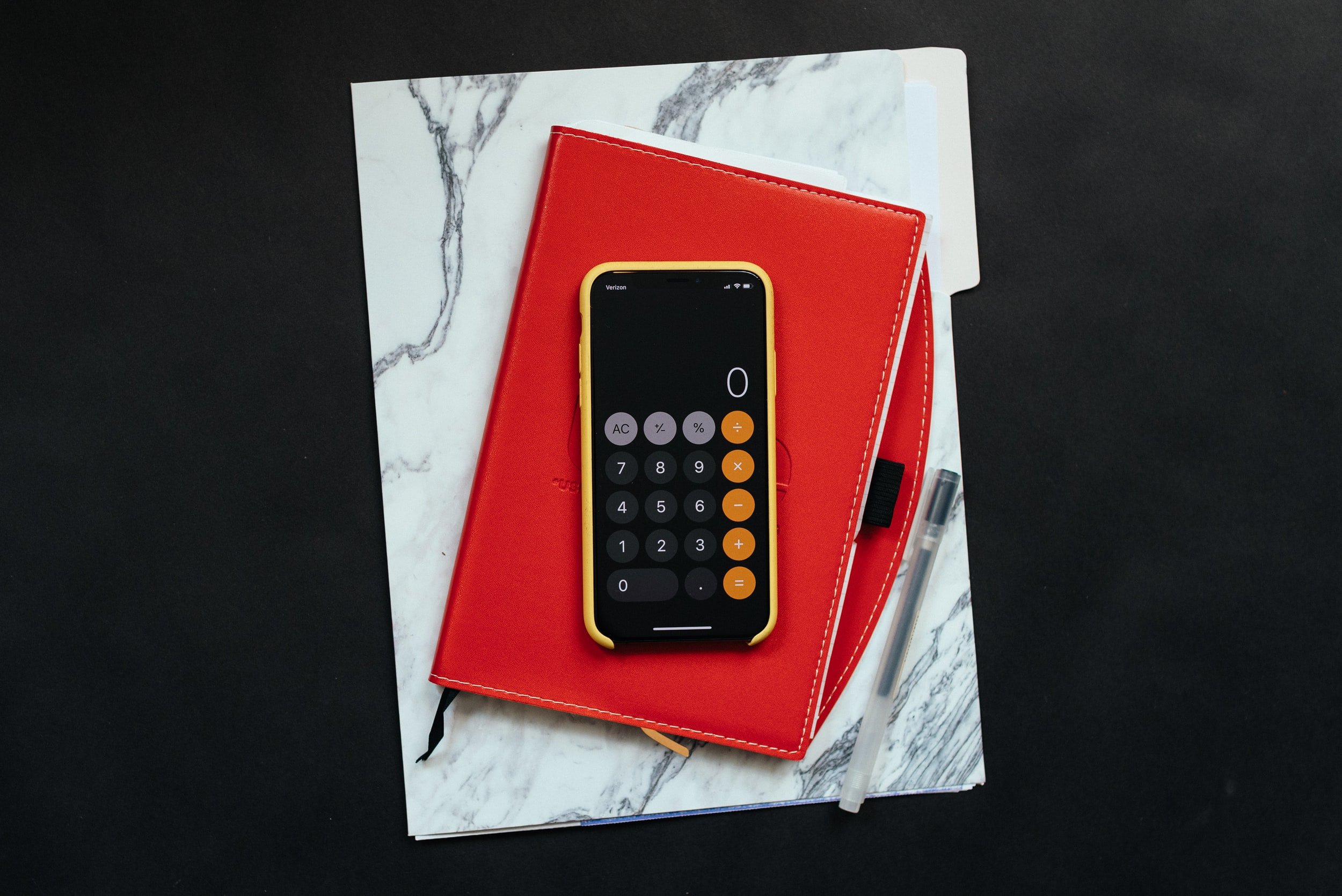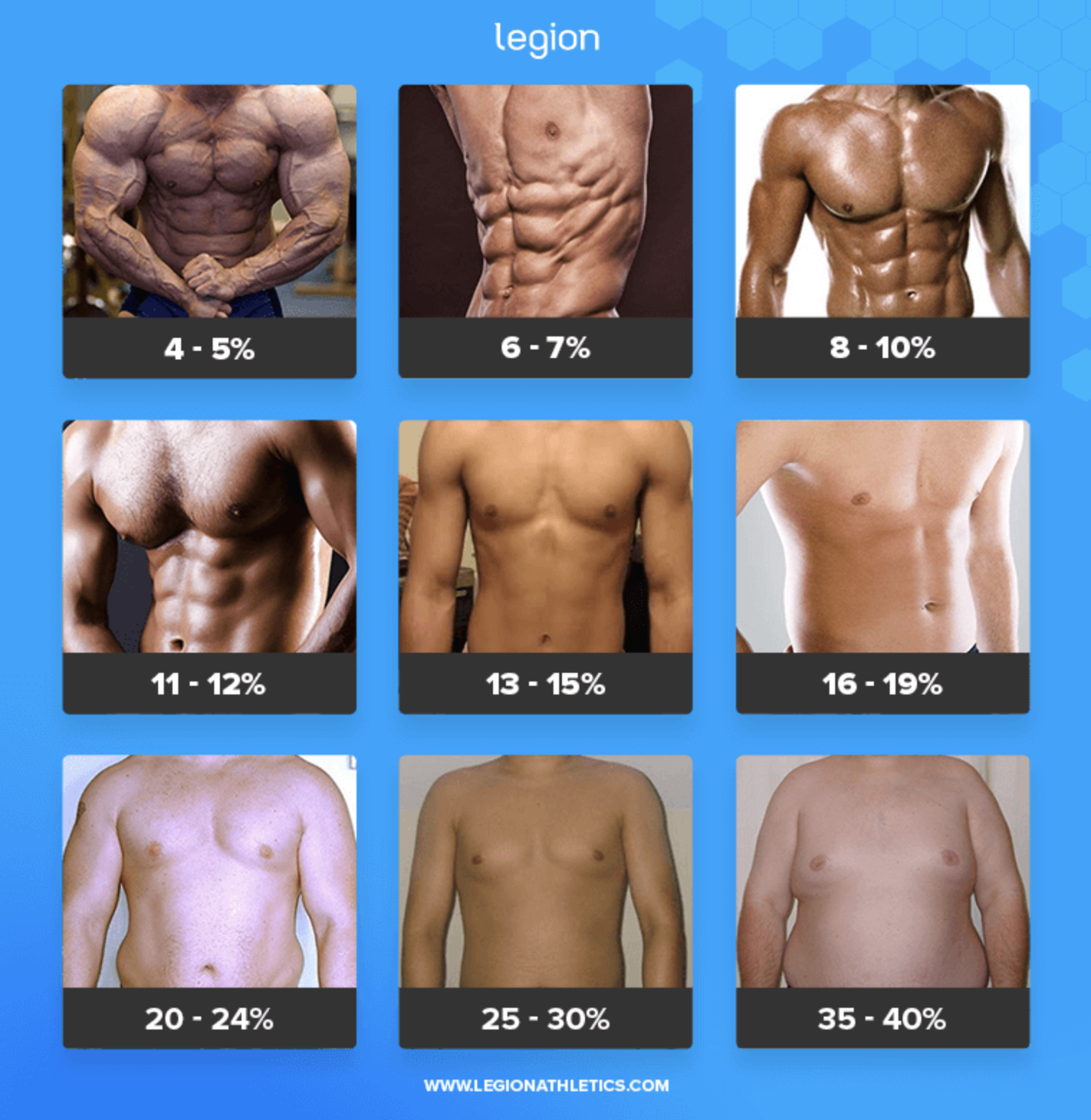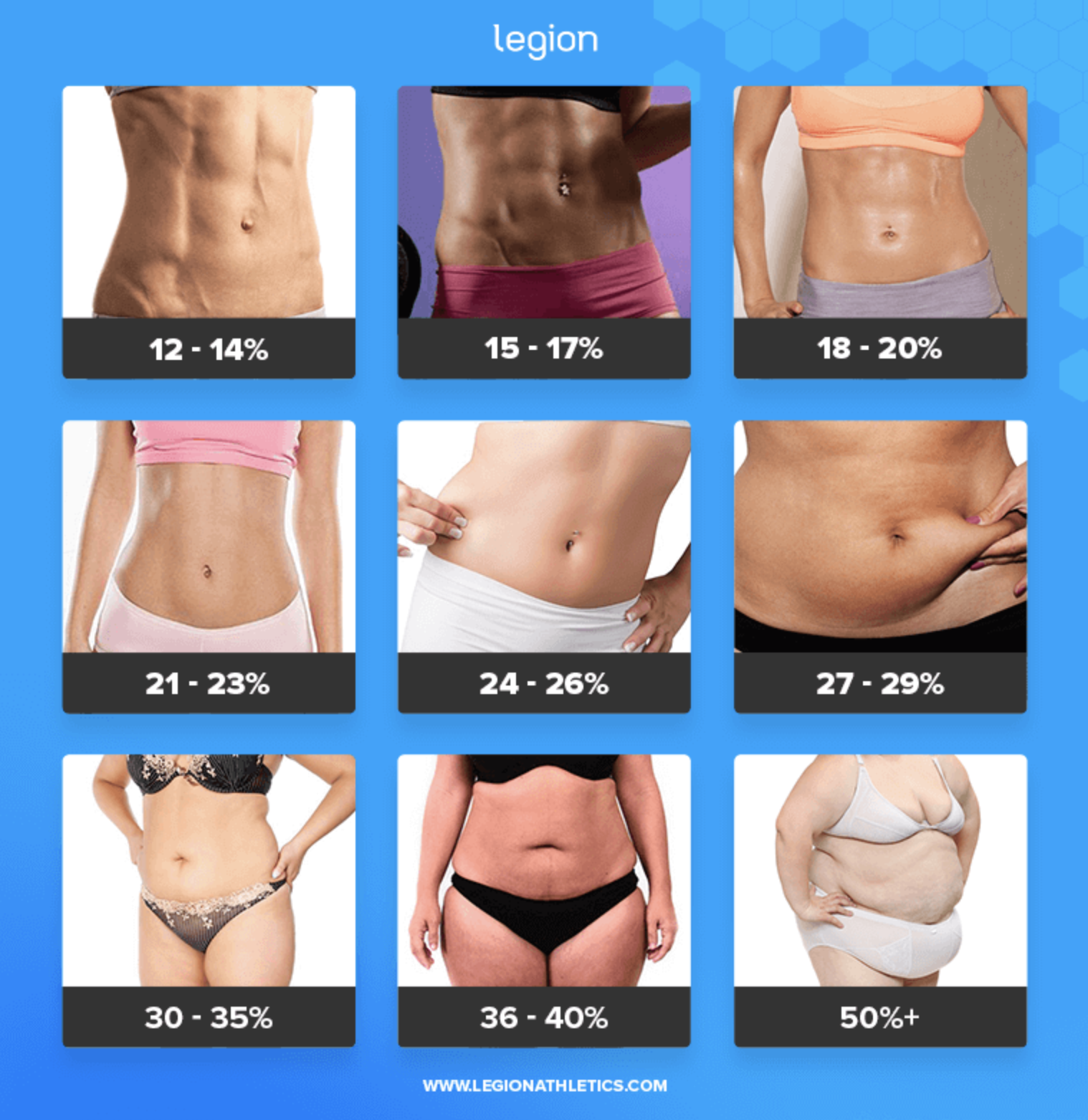I thought it might be time that we put some big ideas that we really believe in writing just so we had a list in one place for us and for you all.
The internet is saturated with posts like these, and often a lot of them miss really big ideas that are crucial for a successful diet.
So, we decided to set the record straight with what our keys to a successful diet are.
THE ESSENTIALS
The following three points are what we are going to call “essential.” These are three big points we really believe almost everyone should be taking part in while dieting.
Key #1: Be at an Energy Deficit
If you want to lose weight, the golden rule of fat loss is to be at an energy deficit, which means you need to be burning more calories than you consume.
This first point isn’t really a debatable topic as it is, well, true.
Most people will have to exercise in some fashion along with trying to hit a specific calorie goal in order to achieve this while others will be able to feel it out naturally.
Key #2: Eat Enough Protein
This one tends to be fairly neglected among people who haven’t been floating around the fitness space for very long (including me as little as two years ago).
Thankfully, Andrew has already written a fantastic blog about how much protein you should consume, so check that out here if you want a deeper look into how you could go about calculating your own protein needs.
The reason you might need to consume more protein than you have been is because protein is the macronutrient that aids in muscle recovery. If we want to keep working out and allow our muscles to mend and grow, we need to give them the resources they need to do so.
For those that are trained, eating enough protein can also allow you retain as much muscle as possible as you begin to cut body fat.
Also, for those who have been untrained for a while, the right amount of protein could aid in overall body recomposition as you build a little bit of muscle and lose fat at the same time.
Key #3: Have a Workout and Nutrition Plan That You Can Stick To
Adherence is arguably the most important part of your diet because, if it’s something you don’t want to do or aren’t motivated/disciplined enough to follow through with, then you won’t.
So, the solution to any potential fallout of adherence is to have a workout and diet plan that you know you will be able to continue on with for a long period of time.
This may need to happen in phases in that you may have to slowly adjust your calories along the way as you lose more weight, so it is important to create a reasonable and reachable goal from the onset.
If you are completely clueless about how to do this, you can check out some of our content on Instagram and learn a ton from that.
And that’s one great thing about having a coach. We help you create those things if you still feel overwhelmed and confused by the misleading info on the internet.
If you think that would be helpful, give us a shout here!
SECONDARY KEYS
We think that the following points are also important for a successful diet, but they didn’t quite crack the top three. Andrew and I both apply these “secondary” keys as much as the “essentials,” but the previous points probably carry a little more weight.
Key #4: Prioritize Recovery
If you are at an energy deficit and also working out pretty hard, you can potentially put yourself at risk of injury if you are not recovering well enough.
A big piece of recovery is eating enough protein for muscle recovery, which I talked about in point two.
Another important piece is sleep. I am all too hypocritical in talking about this and I struggle to get enough sleep myself, but I have found that getting 7-9 hours of sleep is so beneficial for recovery.
At risk of trying to talk as a scientist who studies the subject, your non-REM sleep or “deep sleep” is apparently the key. From what I understand, your brain slows down so much during this state that extra blood carrying oxygen and nutrients goes to other parts of your body to aid in recovery.
So, if you find yourself constantly waking up thinking about work or just unable to sleep, you may be hindering your body’s recovery process.
In addition to that, stress often can keep us from sleeping too, so another thing to try to help your recovery is to do your best to limit stress throughout the day or find a way to de-stress before bed.
Key #5: Meal Timing Becomes Important
If we decide we are going to eat less and continue to workout, we are still expending the same amount of energy as before, but we are consuming less.
So, one way to try and keep the intensity of our workouts high is to eat appropriate meals around the workout.
Something I will do is eat a high protein and high-carb meal about two hours before working out. This gives my body time to digest the food before I begin my workout while also providing plenty of energy to get me through it.
Post-workout, I will try and eat another high-protein and high-carb meal within an hour of my workout, or I will consume some kind of protein within 30 minutes (maybe a protein shake) if I know I will not get a meal within the hour.
This means that a lot of my daily calorie intake is consumed right before and after my workout. So, if I’m planning my diet well, my other meals/snacks will generally have to be lower in calories.
Key #6: Listen to Your Body to Avoid Injury
This one is more geared towards injury prevention, but it’s definitely an important key for everyone.
If you have been lifting a while, you know what it’s like to be sore in a good way. The feeling that your muscle has used all of its energy and it aches to be fully recovered.
If you’re new to lifting, you learn relatively quickly (arguably after your first day in the gym) how muscle soreness feels.
Now, say you are completing a lift or walking on the treadmill and you begin to feel a sharp pain that you feel like causes discomfort and not just muscle soreness. In that case, stop immediately to prevent further injury.
As I said previously, your body is more susceptible to injury while in an energy deficit, and even something like sleeping on your neck wrong can lead to an injury if you try to work through the pain.
Lastly, it’s almost always a good and safe idea to take a day or two off to let small muscle and joint pains like that heal before you injure yourself and end up out weeks instead of days.
In Summary
If you are just beginning your fat loss journey, trying to follow and remember all of these keys may be hard, but try sticking to the essential keys first:
Be at an energy deficit.
Eat enough protein.
Find a diet and workout program you can adhere to.
The latter three keys can also be very important to help maintain a longer diet and will allow your body to be more efficient throughout the process.
So meal timing, prioritizing recovery, and listening to your body to avoid injury also become an important part of a prolonged fat loss phase.
If you found this article helpful but feel that you would love the support of an exercise program and nutrition suggestions, we are looking to add clients to our roster! Click here to learn more.
Cheers,
Josh





